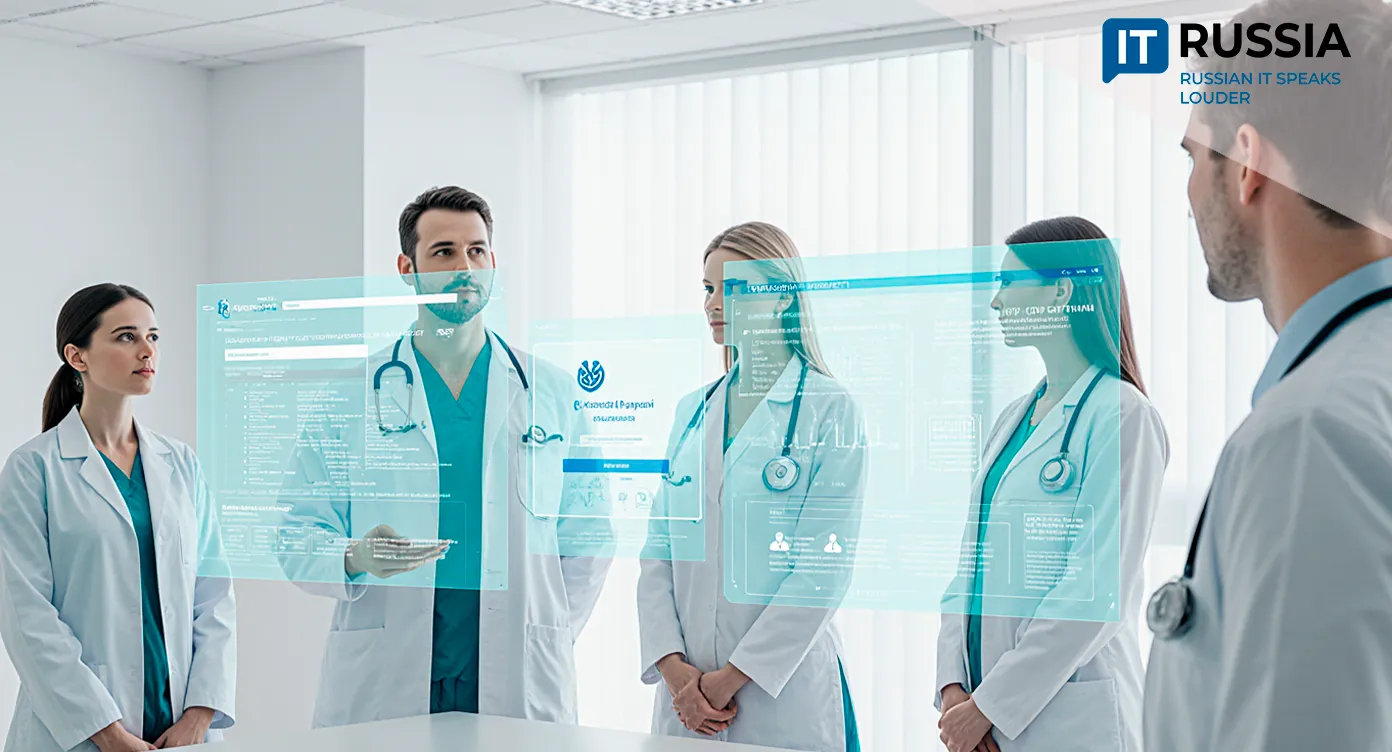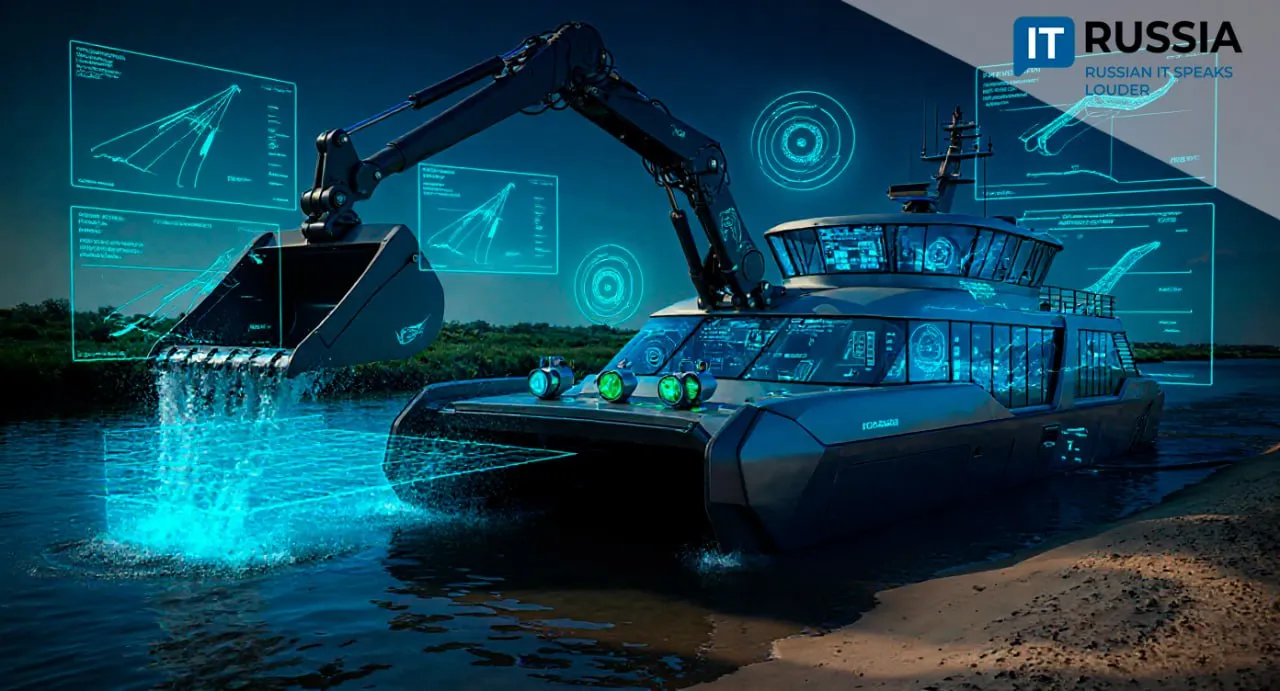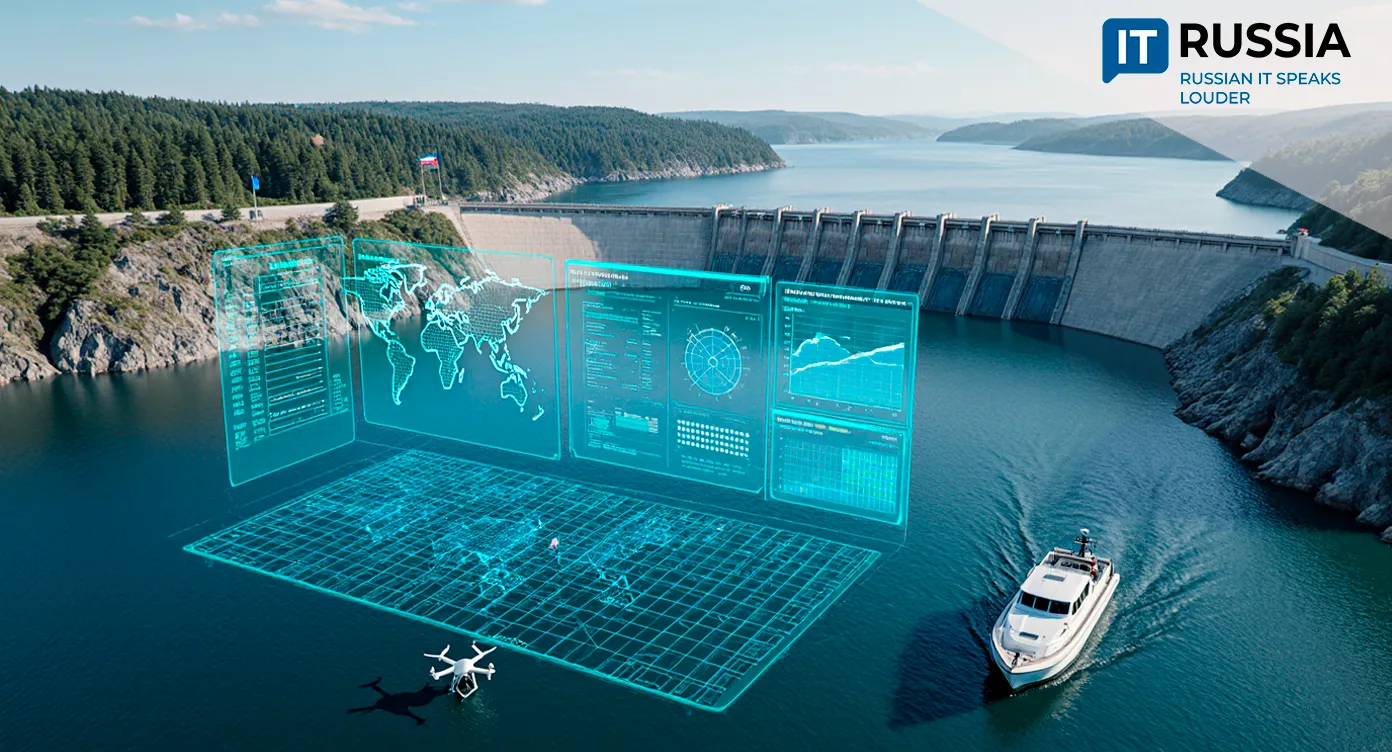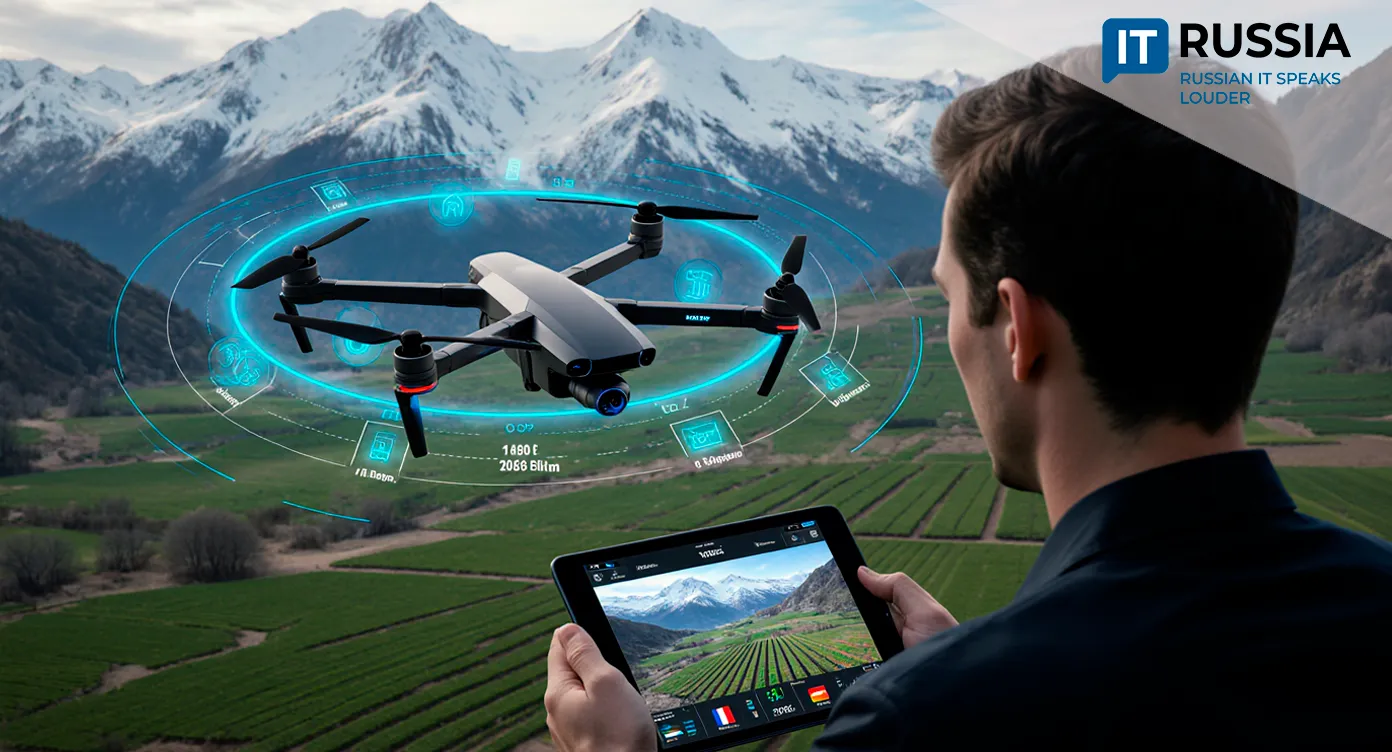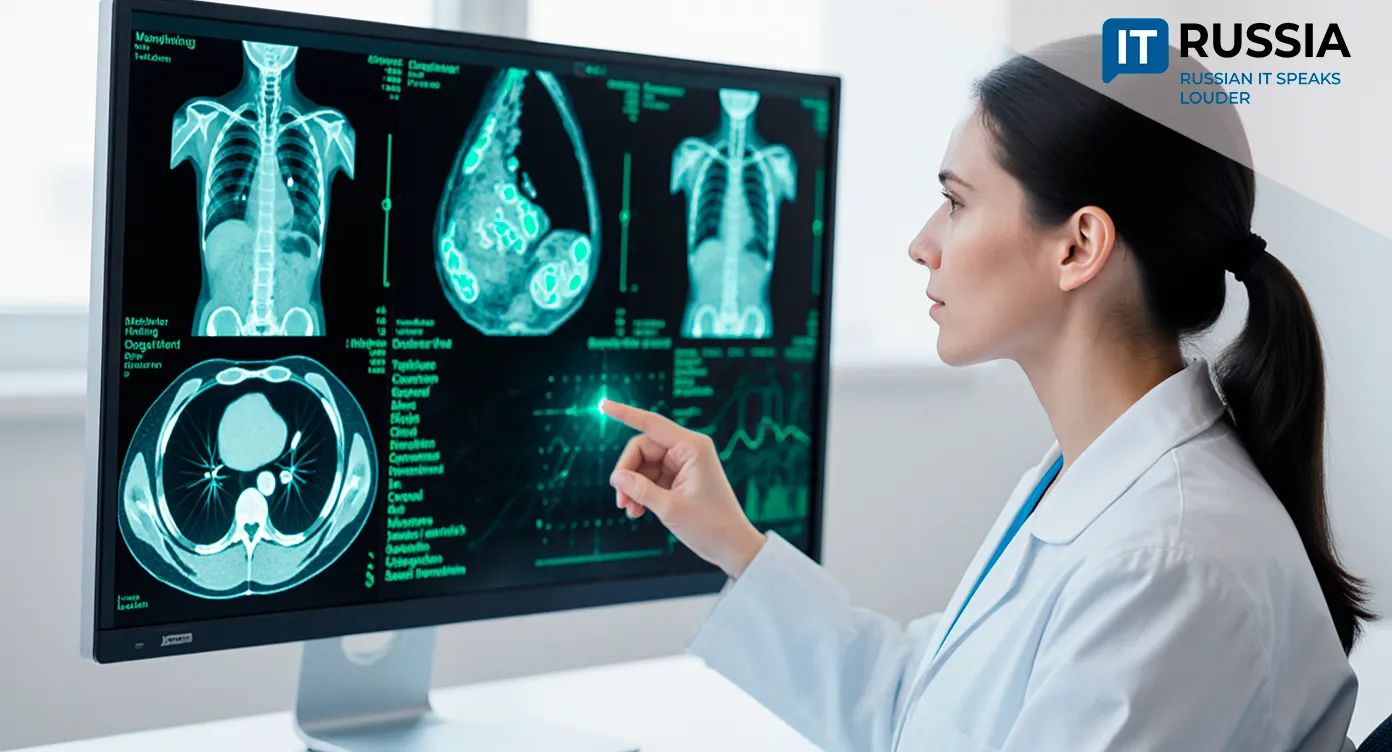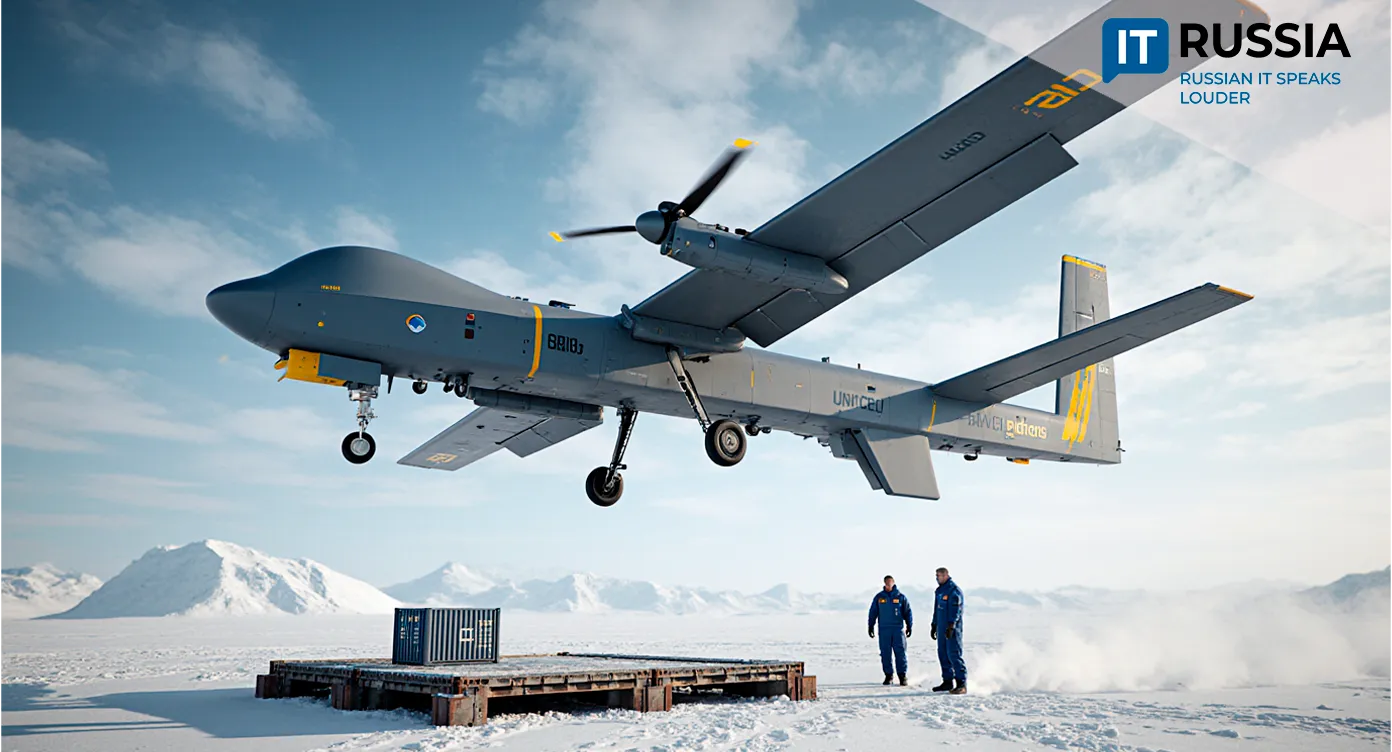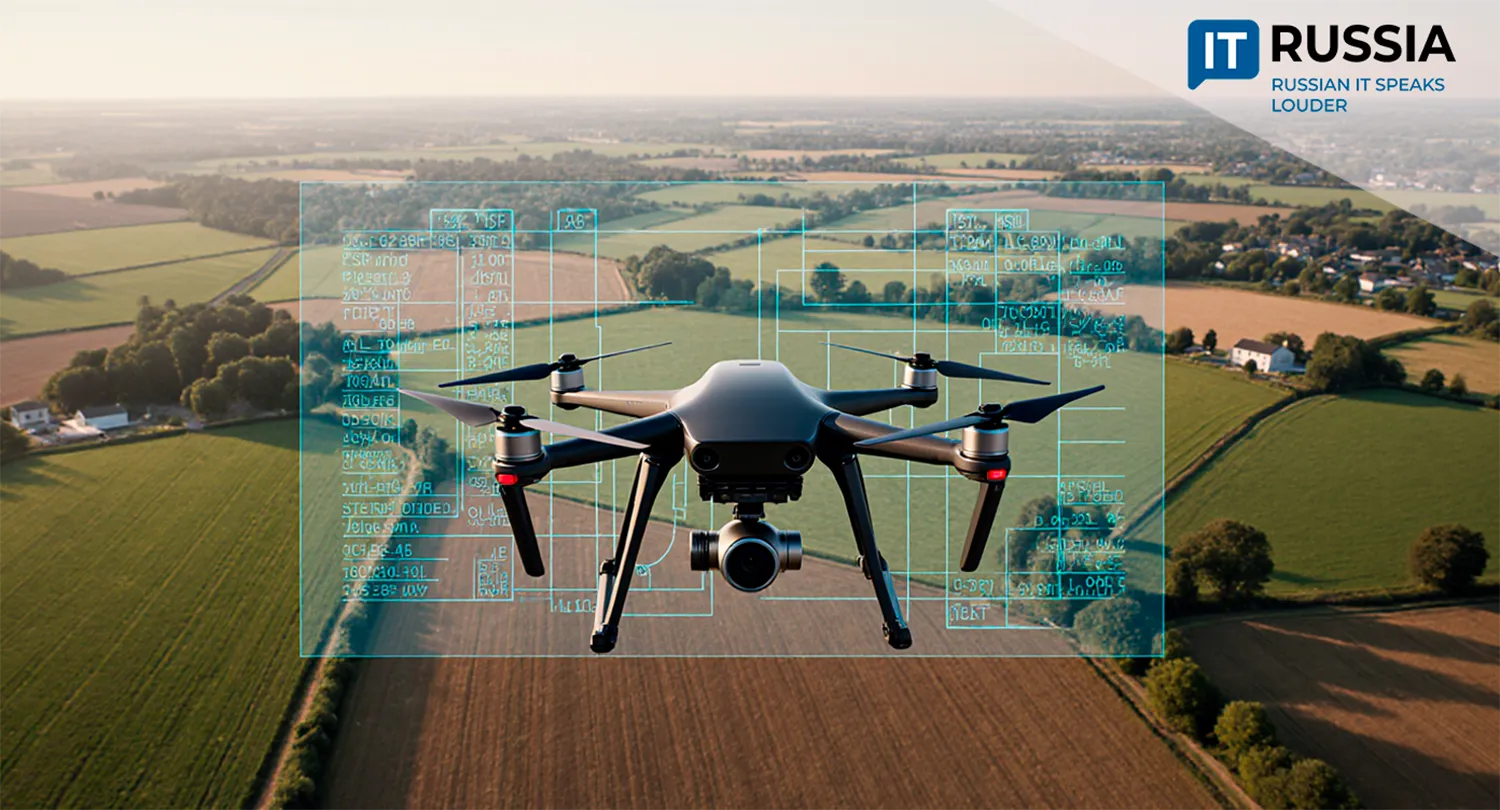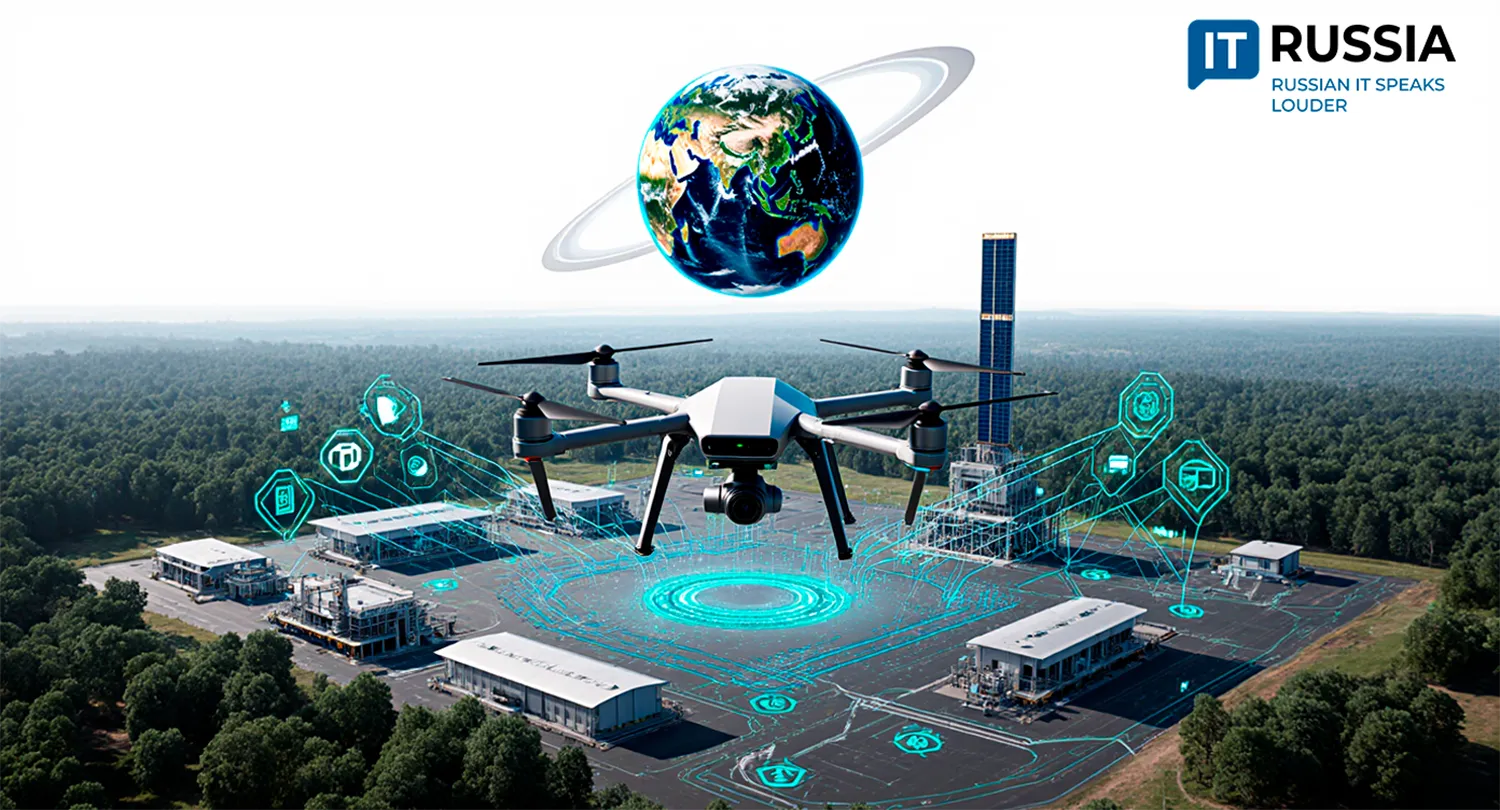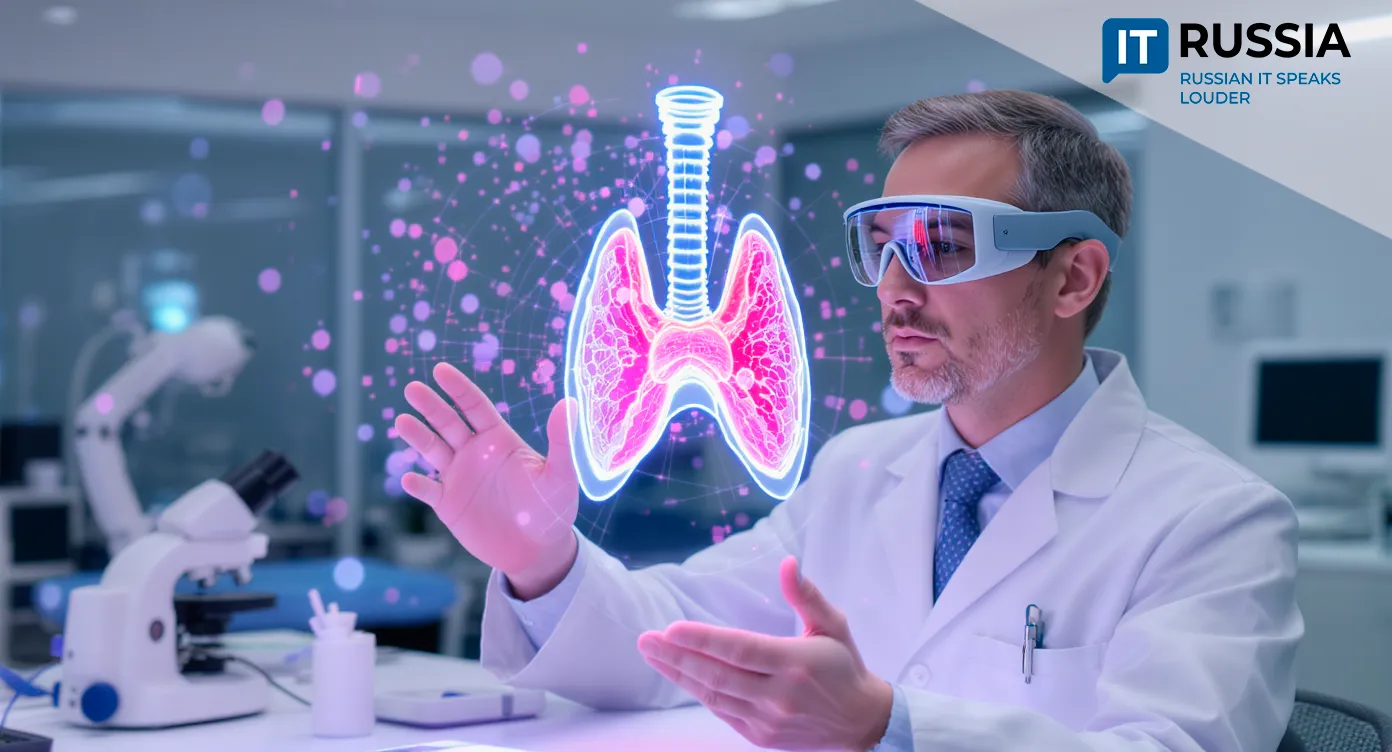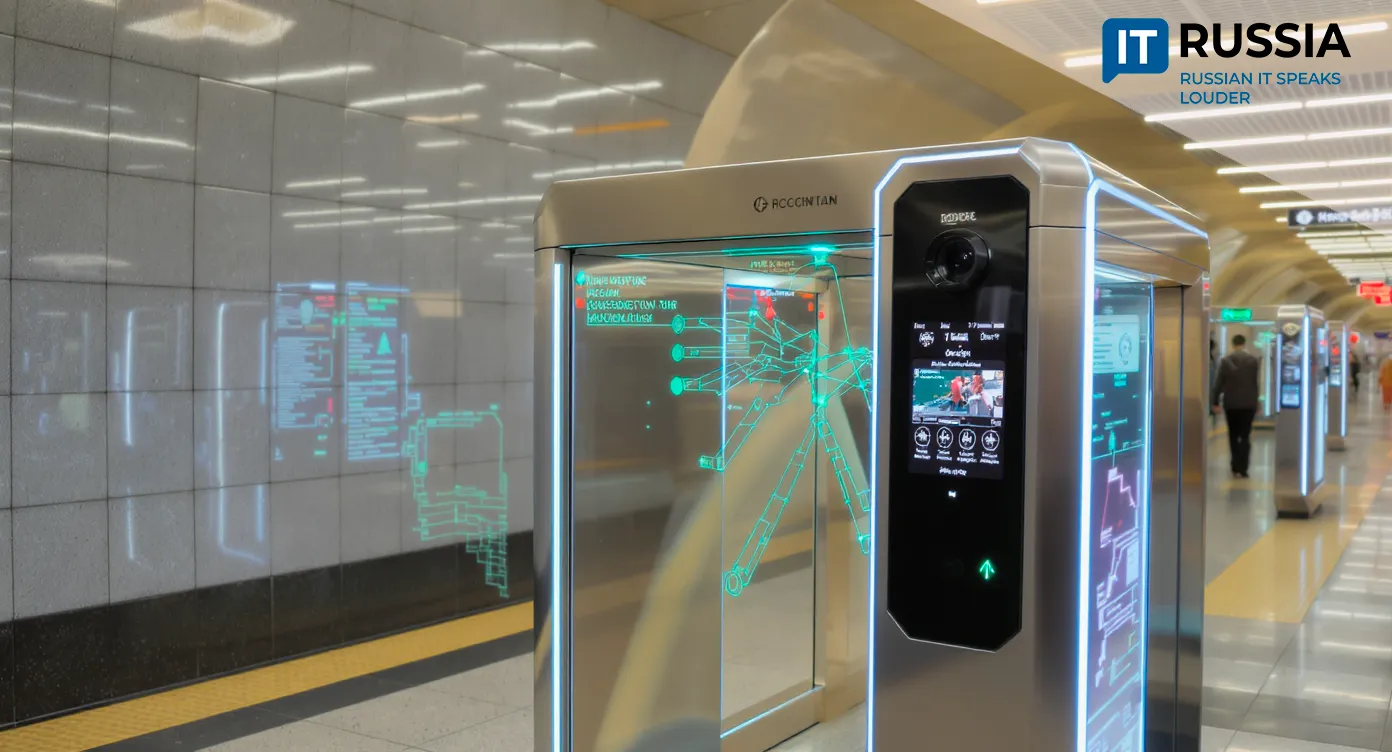Russian AI Takes on Potholes
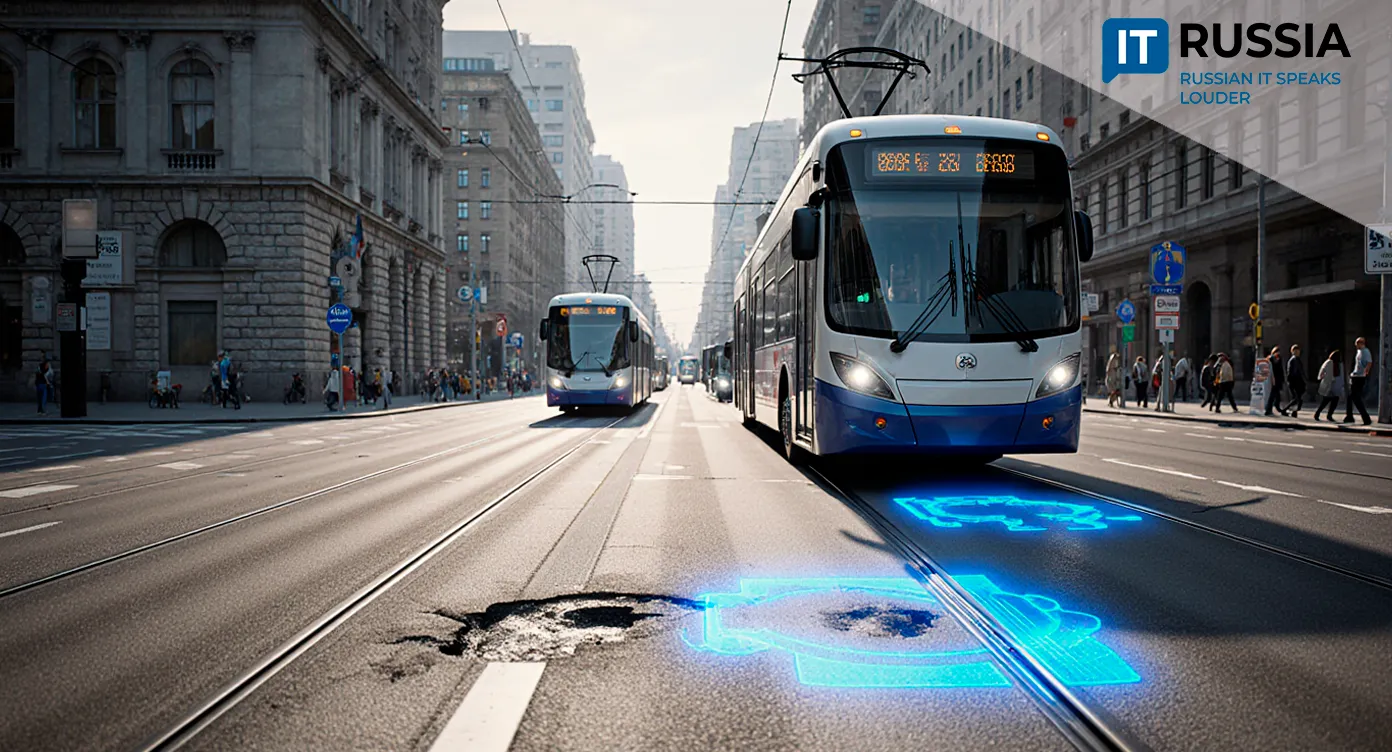
The Russian company NtechLab, supported by Rostec, has developed an artificial intelligence system capable of automatically detecting potholes, cracks, and other defects in road surfaces.
Digital Patrol
NtechLab’s system offers a revolutionary approach to monitoring road infrastructure, leveraging the existing network of surveillance cameras—including those on public transportation—as the backbone for comprehensive oversight. The neural network analyzes live video streams, automatically spotting a wide range of defects: from traditional potholes and cracks to missing manhole covers and damaged guardrails.
The algorithm can also identify non-functioning streetlights, damaged road signs, trash accumulation along roadsides, overflowing bins at bus stops, and even damage to the facades of roadside buildings. This broad functionality makes the system a universal tool for urban environment monitoring. It is simple to install and operate, requires no major investment from customers, and helps optimize municipal budget allocation.
The key technological advantage lies in using existing infrastructure. Cameras on buses, trolleybuses, and trams running regular routes become mobile monitoring points, covering the entire city’s transport network. This enables precise detection and elimination of defects anywhere in the urban area without additional capital investment in specialized equipment.

Export Potential and Domestic Opportunities
The system’s export potential is especially promising for developing countries with limited budgets for road infrastructure. The ability to automate monitoring without large-scale investments in new equipment makes this Russian solution attractive, particularly in regions with similar climates and road maintenance challenges.
Domestically, the system could become a key element in Russia’s national program for digitalizing transport infrastructure. As regional authorities face pressure to use public funds more effectively, automated road monitoring enables a shift from reactive to proactive maintenance.
Integration with existing smart city platforms opens further opportunities. Road condition data can be used to optimize public transport routes, plan repairs, and shape long-term urban infrastructure strategies. In the future, the system could be part of a unified digital platform for city management.
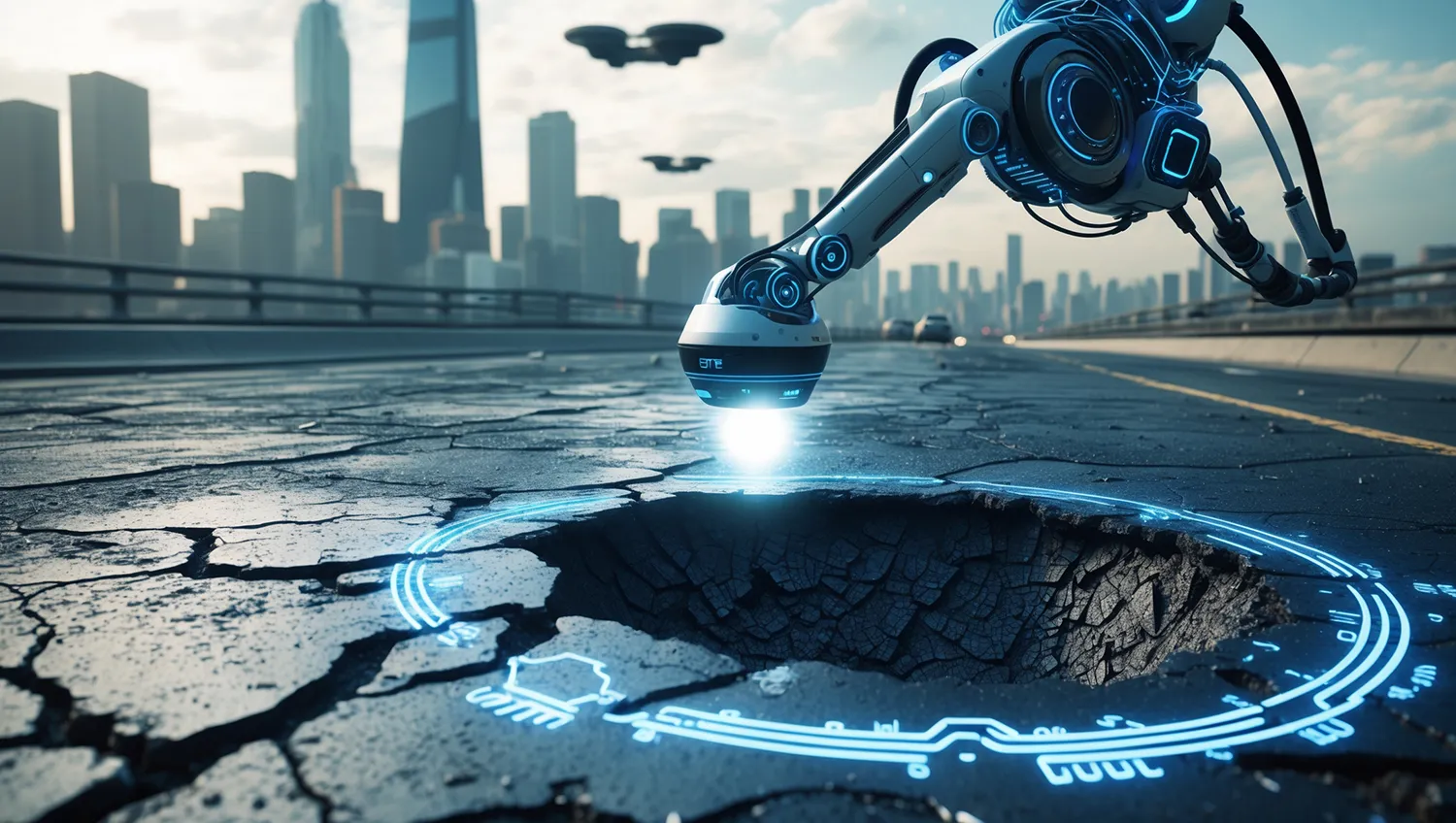
A Short Road to Solutions
Russia’s move toward AI-based road monitoring began in 2021 with Beeline’s project using drones and neural networks to detect potholes. This system could also measure their depth—a critical factor for classifying violations under national road standards.
At the same time, academic research in AI-based road diagnostics progressed. In 2025, scientists from MTUCI and MADI introduced a system combining vibroacoustic analysis with machine learning, automating the processing of acoustic data previously analyzed manually by experts. The neural network filters out background noise and classifies surface defects, significantly accelerating diagnostics.
State-owned Avtodor, in partnership with Moscow State University, demonstrated AI’s potential in infrastructure monitoring by creating an automated system to detect defects in noise barriers with 80–90% accuracy. Integrated into a geographic information platform, it visualizes problems on a digital road network map—a prototype for wider AI applications in road management.
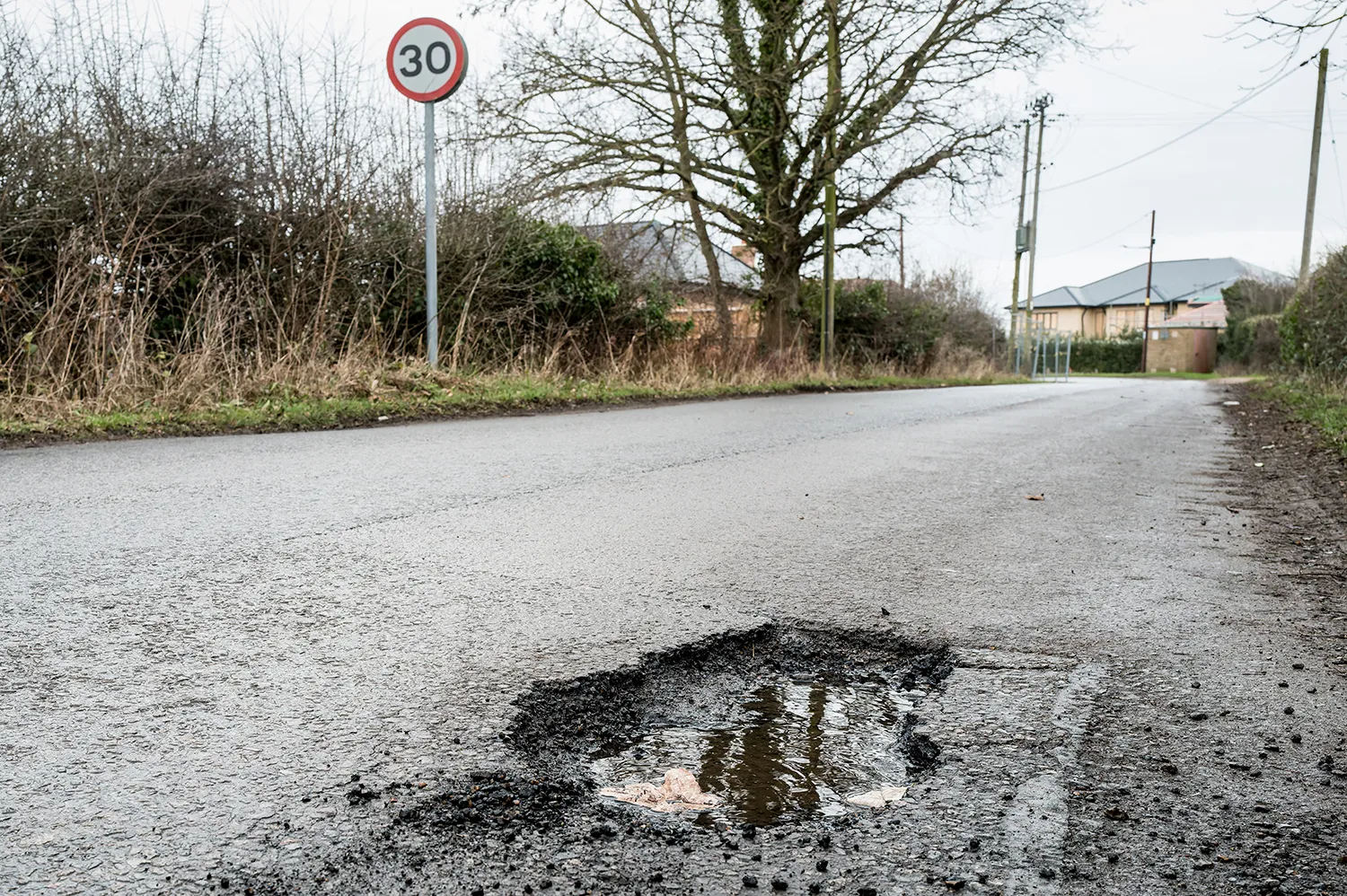
The Future of Digital Road Management
Implementing NtechLab’s system could catalyze a transformation of Russia’s road management in the coming years. A successful pilot project in one region could pave the way for scaling the technology nationwide as part of federal programs for digitalization and road safety.
In the short term, plans focus on expanding system functionality and integrating it with municipal services. Road defect data could be automatically sent to city management systems, generating work orders for repair crews and tracking completion timelines—enabling a shift from the traditional ‘find and fix’ model to predictive maintenance.
In the medium term, integration with additional data sources is planned. Researchers are already working on combining video analytics with laser scanners and radars for more precise diagnostics.
Long-term development will involve adaptive AI models capable of real-time learning, ensuring reliable performance in varying climates and road conditions. The ultimate goal is a unified digital platform for monitoring transport infrastructure, integrated with traffic management systems, emergency services, and logistics companies. AI could not only detect current problems but also predict road surface wear, optimize repair schedules, and automatically identify accident sites.







